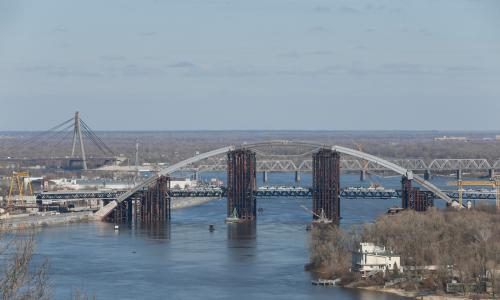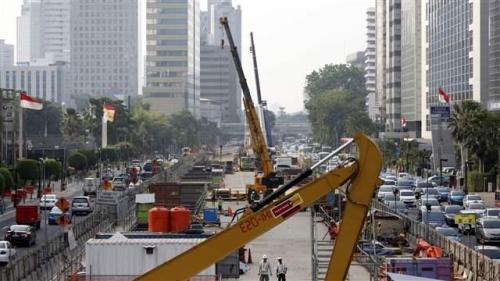The new global agenda and sustainable infrastructure
2015 was a milestone year in which the world set clear and ambitious objectives through the Third International Conference on Financing for Development in Addis in July; the UN Summit in September that adopted the Sustainable Development Goals and the 2030 development agenda; and the COP21 in Paris in December that resulted in the milestone climate agreement. The three central challenges now facing the global community, as crystallized in 2015, are to reignite global growth, deliver on the sustainable development goals (SDGs), and invest in the future of the planet through strong climate action. At the heart of this new global agenda is the imperative to invest in sustainable infrastructure.
As an essential foundation for achieving inclusive growth, sustainable infrastructure underpins all economic activity. Inadequate infrastructure remains one of the most pervasive impediments to growth and sustainable development, and consequently in tackling poverty. Good infrastructure unshackles and removes constraints on economic growth and helps increase output and productivity. Investment in sustainable infrastructure can help generate employment, boost international trade, industrial growth, and competitiveness while reducing inequalities within and among countries.
Sustainable infrastructure also holds the key to poverty reduction and societal well-being in part because it enhances access to basic services and facilitates access to and knowledge about work opportunities, thus boosting human capital and quality of life. Sustainable infrastructure helps reduce poverty and extreme hunger, improve health and education levels, assist in attainment of gender equality, allows for the provision of clean water and sanitation, and provides access to affordable energy for all.
Sustainable infrastructure promotes sustainable consumption, production, and resource utilization to ensure that habitats and settlements are resilient, and that ecosystems and marine resources are used in a sustainable manner. On the one hand, it enhances food security through more efficient resource use and reduces vulnerability to environmental shocks. On the other, bad infrastructure can and does kill people on a large scale mainly via air and other pollution, and puts pressure on land and natural resources to an extent that may compromise the viability of future generations and create unsustainable economic burdens in the future.
How we undertake the massive investments that are needed will have an enduring impact on climate resilience. The existing stock of infrastructure and its use accounts for more than 60 percent of the world’s greenhouse gas (GHG) emissions. The scale of the new investments that must be made offer a unique opportunity for accelerating the transition to an economy based on low-carbon energy, but, if not done well, also pose a great danger of locking in capital, technology, and patterns of economic activity that will last for decades and become progressively unsustainable.
Ramping up ambition as well as spending on sustainable infrastructure is particularly timely, given the global macroeconomic context and the slowdown in growth and declines in investment in all regions, and when other policy instruments are highly constrained. First, monetary policy is reaching its limits. Second, fiscal policy is constrained as well: those with fiscal space seem reluctant to use it and most do not have fiscal room for maneuver. Third, while supply-side structural reforms are important, their effects take time. A fourth means of jumpstarting growth at this juncture is public-private investments in sustainable infrastructure. In the near term, such spending can stimulate demand at a time when many countries have been hit by economic contraction and the commodity slump. In the medium term, investment in sustainable infrastructure can augment and improve the efficiency of energy, mobility and logistics—thereby boosting productivity and competitiveness in all sectors and spurring the domestic drivers of growth. It can also unlock waves of innovation and creativity. And it underpins the only sustainable long-term growth path on offer.
Download the full report »
The Brookings Institution is committed to quality, independence, and impact.
We are supported by a diverse array of funders. In line with our values and policies, each Brookings publication represents the sole views of its author(s).










